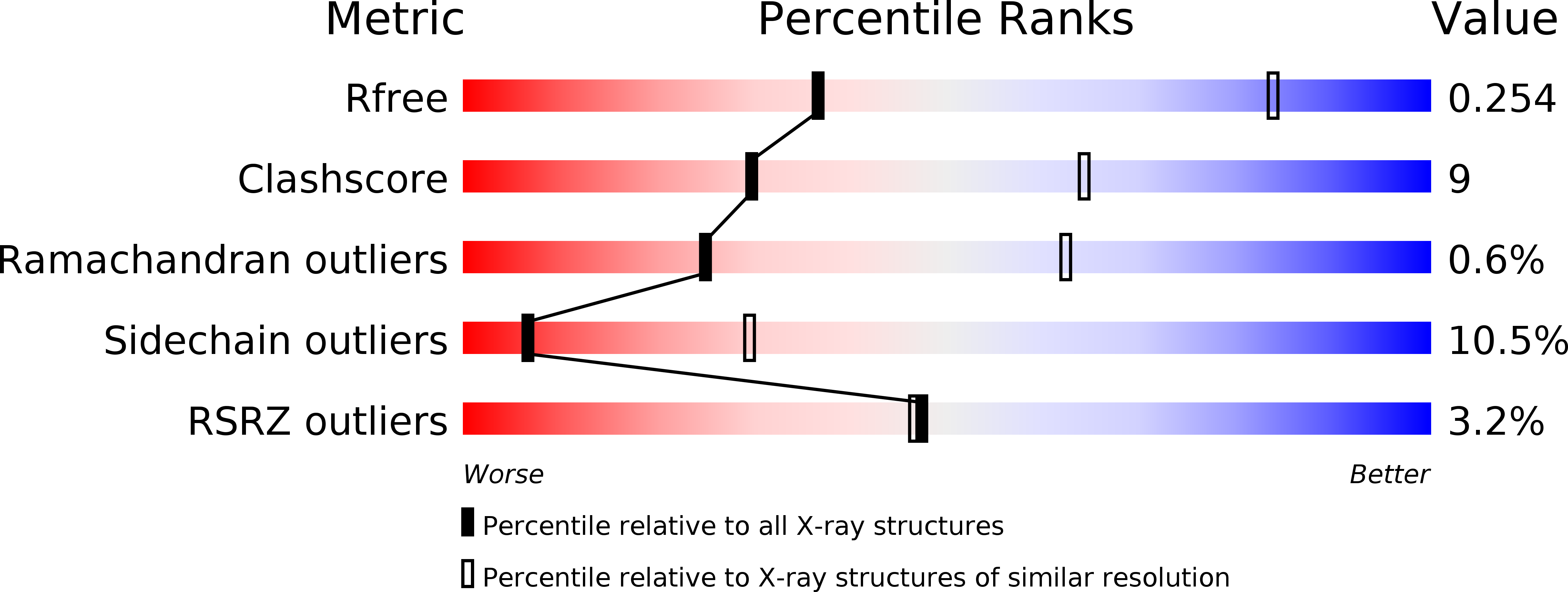
Deposition Date
2013-07-10
Release Date
2013-10-30
Last Version Date
2023-09-20
Entry Detail
PDB ID:
4LMJ
Keywords:
Title:
GLIC Liganded-closed-channel Conformation, Mutant T25'A
Biological Source:
Source Organism:
Gloeobacter violaceus (Taxon ID: 33072)
Host Organism:
Method Details:
Experimental Method:
Resolution:
3.44 Å
R-Value Free:
0.25
R-Value Work:
0.22
R-Value Observed:
0.22
Space Group:
C 1 2 1


